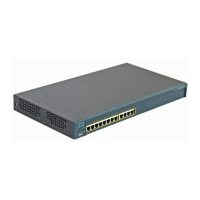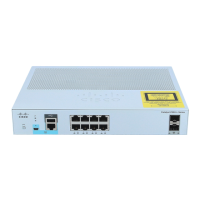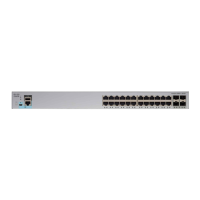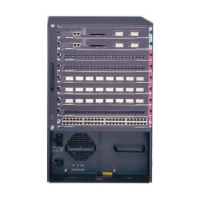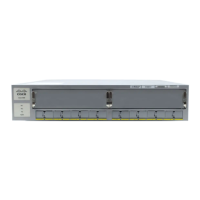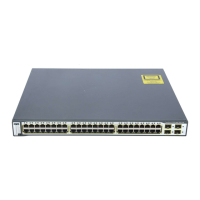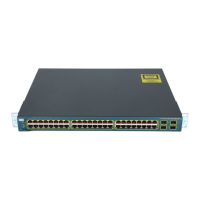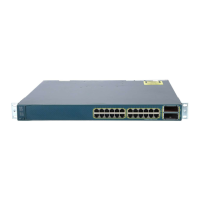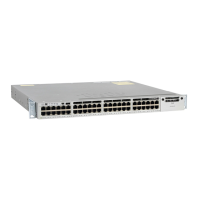Chapter 4 General Switch Administration
SNMP Network Management Platforms
4-8
Catalyst 2900 Series XL and Catalyst 3500 Series XL Software Configuration Guide
78-6511-05
An example of an NMS is the CiscoWorks network management software.
CiscoWorks2000 software uses the switch MIB variables to set device variables
and to poll devices on the network for specific information. The results of a poll
can be displayed as a graph and analyzed to troubleshoot internetworking
problems, increase network performance, verify the configuration of devices,
monitor traffic loads, and more.
As shown in Figure 4-1, the SNMP agent gathers data from the MIB, which is the
repository for information about device parameters and network data. The agent
can send traps, or notification of certain events, to the SNMP manager, which
receives and processes the traps. Traps are messages alerting the SNMP manager
to a condition on the network such as improper user authentication, restarts, link
status (up or down), and so forth. In addition, the SNMP agent responds to
MIB-related queries sent by the SNMP manager in get-request, get-next-request,
and set-request format.
The SNMP manager uses information in the MIB to perform the operations
described in Table 4-1.
Figure 4-1 SNMP Network
Table 4-1 SNMP Operations
Operation Description
get-request Retrieves a value from a specific variable.
get-next-request Retrieves a value from a variable within a table.
1
1. With this operation, an SNMP manager does not need to know the exact variable name. A
sequential search is performed to find the needed variable from within a table.
get-response Replies to a get-request, get-next-request, and set-request sent
by an NMS.
set-request Stores a value in a specific variable.
trap An unsolicited message sent by an SNMP agent to an SNMP
manager indicating that some event has occurred.
Get-request, Get-next-request,
Get-bulk, Set-request
Network device
Get-response, traps
S1203a
SNMP Manager
NMS
MIB
SNMP Agent
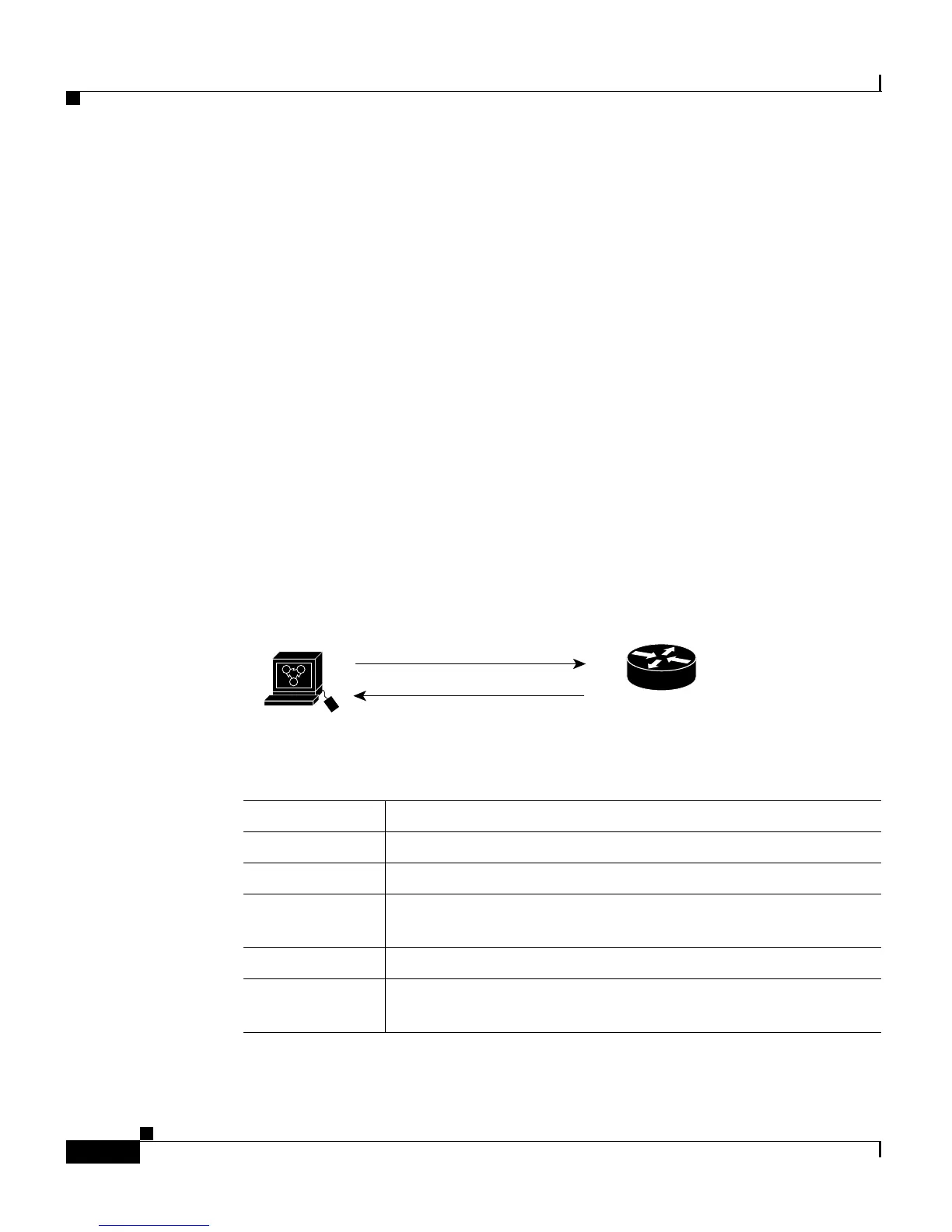